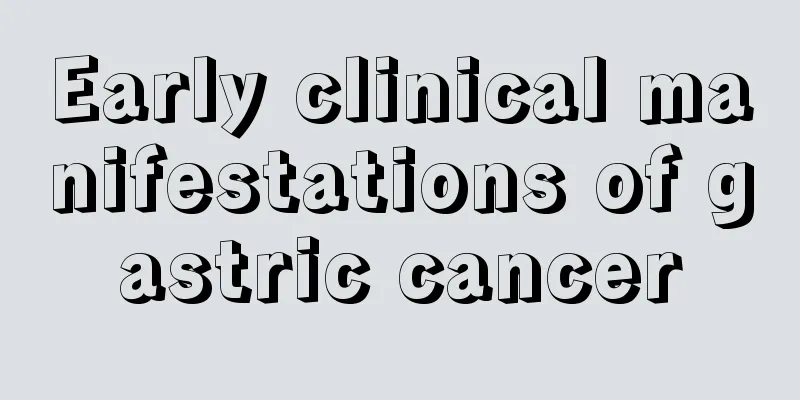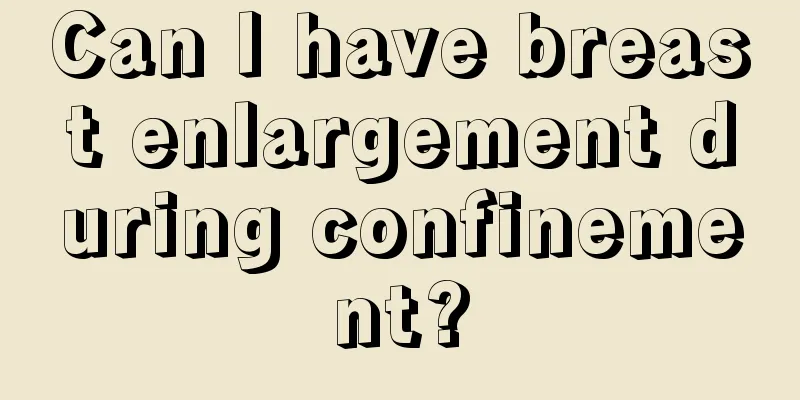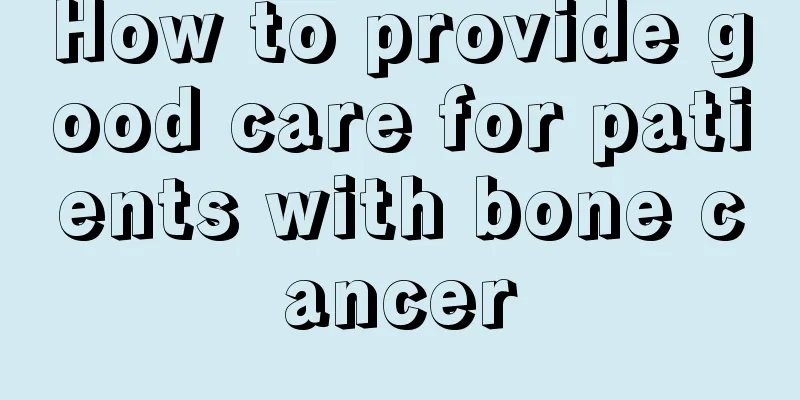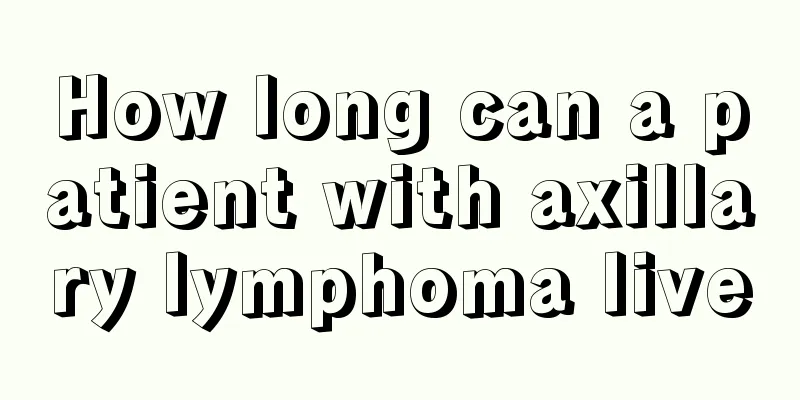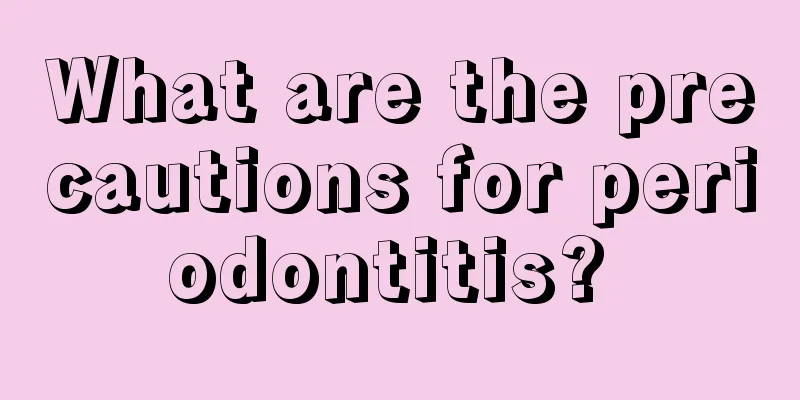What diseases can be treated with electroconvulsive therapy?
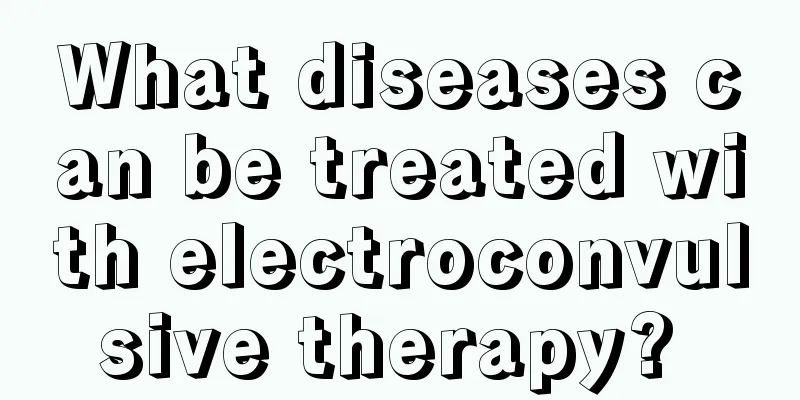
|
Electroconvulsive therapy is also known as electroconvulsive therapy. It is a method of treating physical diseases by passing a specified amount of electric current through the patient's brain, causing the patient's entire body to convulse. It can generally treat patients with mental illnesses. Electric current can be used to clear the patient's brain to achieve the purpose of curing the disease. Electroconvulsive therapy can cause certain harm to the body and can easily damage the patient's brain nerves. It can also easily cause the patient to go into a temporary coma, so it needs to be treated with caution. Electroconvulsive therapy is widely used in medicine. Learn more about the specific situation. Indications ① Those who are seriously excited, agitated, impulsive, and hurt others or damage property, and those who need to control their mental symptoms as soon as possible; ② Those who are severely depressed, have strong self-blame, self-injury, and suicidal behaviors; ③ Those who refuse to eat, are disobedient and tense; ④ Those who are ineffective with drug treatment or cannot tolerate drugs. The presence of somatic or psychotic symptoms and a previous good response to ECT appear to be predictors of a good response. Before conducting electroconvulsive therapy, a thorough physical and nervous system examination should be performed, such as chest X-ray, electrocardiogram, electroencephalogram, etc., to rule out brain diseases, understand the indications and contraindications, and master the correct operating procedures. Electroconvulsive therapy has far fewer side effects than antipsychotic drugs and is more effective. Don't develop a fear mentality. The legend that mental hospitals use electric chairs for patients or that psychiatrists carry electric batons is pure nonsense. Preoperative procedures Before treatment begins, clinicians must address psychological and medical issues, and the mere mention of ECT often provokes significant anxiety in patients and families. They must be educated about the benefits of electroconvulsive and other treatments as well as the adverse effects and risks of inappropriately treating a major depressive episode. When the clinician feels that the patient and family appropriately understand the procedure, the patient and family member or guardian should sign an informed consent form. Pretreatment evaluation should include a complete anesthetic history, physical examination, electrocardiogram, and possible laboratory tests to exclude electrolyte disturbances and cardiopulmonary or neurologic risk factors. Contraindications Any medical illness that cannot be treated with medication and that increases the risk of anesthesia is contraindicated. Such as respiratory infections, severe heart disease and high fever diseases and those diseases that can be aggravated by changes in blood pressure and heart rhythm, including severe heart disease, recent coronary artery embolism, cerebral aneurysm and increased intracranial pressure. Patients of African descent may have sickle cell disease and require extra care during treatment to ensure that oxygen tension is not reduced. Diabetics who are taking insulin also need to be extra careful. Although there are certain risks in using ECT in elderly patients, the risks are almost as serious as those of drug treatment. Patients taking reserpine cannot undergo ECT, but it is not contraindicated for patients taking other psychiatric drugs. Anesthesiologists must be aware of whether the patient is taking monoamine oxidase inhibitors or lithium salts, and it is best to be aware of all the medications the patient is taking. side effect Electroconvulsive therapy may cause anxiety and headaches, and ECT can cause transient degenerative memory impairment and memory loss within 30 minutes of the seizure. If the treatment is repeated over a short period of time, this memory deficit will develop. This memory impairment does not occur if treatment is only given two or three times a week. Some patients may experience confusion, headache, nausea, dizziness, etc. that may last for several hours after treatment. Some modern measures can make this side effect mild and fairly short-lived. There are few side effects after unilateral ECT treatment. A few patients complain of muscle pain, especially in the mandibular area. A few report sporadic grand mal seizures one month after ECT, but such seizures may have other causes. If an attack does occur, it usually only occurs within a year after treatment. Injuries to the teeth, tongue, and lips may occasionally occur if the mouth gag and endotracheal tube are not properly placed. There may be minor electrical burns in the electrode area. Fractures, including vertebral compression fractures, may occasionally occur if muscle relaxants are not given during treatment. If good anesthesia is performed beforehand and the convulsion condition is appropriately improved, these physical injuries are rarely seen. When treating depression, the course of electroconvulsive therapy is 4 to 6 times; when treating schizophrenia, the course of treatment is about 8 times. Initially, do it 2 to 3 times a week, then you can reduce it to once a week. |
<<: What to do if ear cartilage hurts when pressed by hand
>>: How to perform fixed tooth restoration?
Recommend
How to treat laryngeal cancer caused by stagnation of heat in the lung meridian and phlegm-heat blocking the lungs
Chinese medicine believes that laryngeal cancer is...
What's the matter with the pain in my arm
Arm pain is sometimes a intermittent pain reactio...
It is the most unhygienic to use toilet paper at this time
Most toilet paper is recycled paper, and the raw ...
What are the dangers of bone marrow extraction in children
Bone marrow extraction in children, also known as...
How long does the embryo bud have to be before a fetal heartbeat appears?
When a woman first becomes pregnant, the fertiliz...
Emergency measures for shrimp allergy
Our country has a vast territory, with both ethni...
The secretion on my face smells bad
Secretion is one of the issues that people are mo...
Can urine routine test detect kidney disease?
A routine urine test can actually help us underst...
Plants can repel mosquitoes
Now that summer is approaching, annoying mosquito...
What happens if you take too much iron supplements
Iron is a trace element in the body. Proper iron ...
What is the difference between melanoma and mole?
The causes of melanoma and moles are different. M...
Why does drinking almond and barley powder make me feel nauseous?
Why does drinking almond and barley powder make y...
How to treat hemangioma? Treatment methods for hemangioma
Hemangiomas in children are relatively common and...
Let’s learn about the prevention of gastric cancer
It is beneficial for everyone to know about the p...
Do disposable activated carbon masks work?
Disposable activated carbon masks are indeed effe...

